Research captured through creative lenses: 2023 Lassonde Research Photo Contest winners recognized for their artistic innovation
Tags:
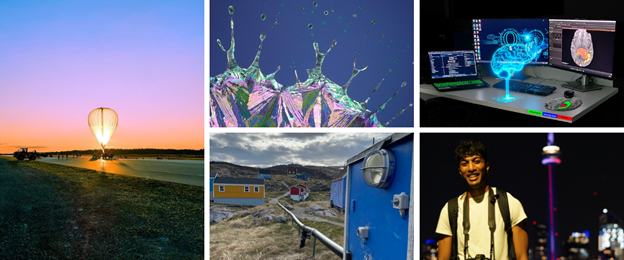
The Lassonde School of Engineering has announced the winners of the School’s third annual Research Photo Contest. This competition encourages Lassonde students and researchers to become visual storytellers and embrace creativity by highlighting their research through photography.
Hosted by the Research Support Office, Lassonde’s Research Photo Contest promotes innovative work at the School. Photo entries are also retained to build an image database representing diverse research activities across Lassonde.
This year, 22 impressive photo entries were submitted, each bringing a distinct area of research to life. The winning photos were selected across five categories: Best Research Photo, Most Creative Image, Best EDI Integration & Impact, Best Computer-generated Images/Modelled Images/AI Images and People’s Choice Award. In addition, each winner received a monetary prize of $500.
The Lassonde Research Photo Contest also serves as practice for a similar, larger-scale contest hosted by the Natural Sciences and Engineering Research Council of Canada (NSERC), called Science Exposed. This competition aims to showcase images of Canadian research, spark curiosity about science and research among the general public and contribute to knowledge advancement and scientific image use.
Learn more about this year’s Lassonde Research Photo Contest winners below.
Best Research Photo
Stratospheric Sundown
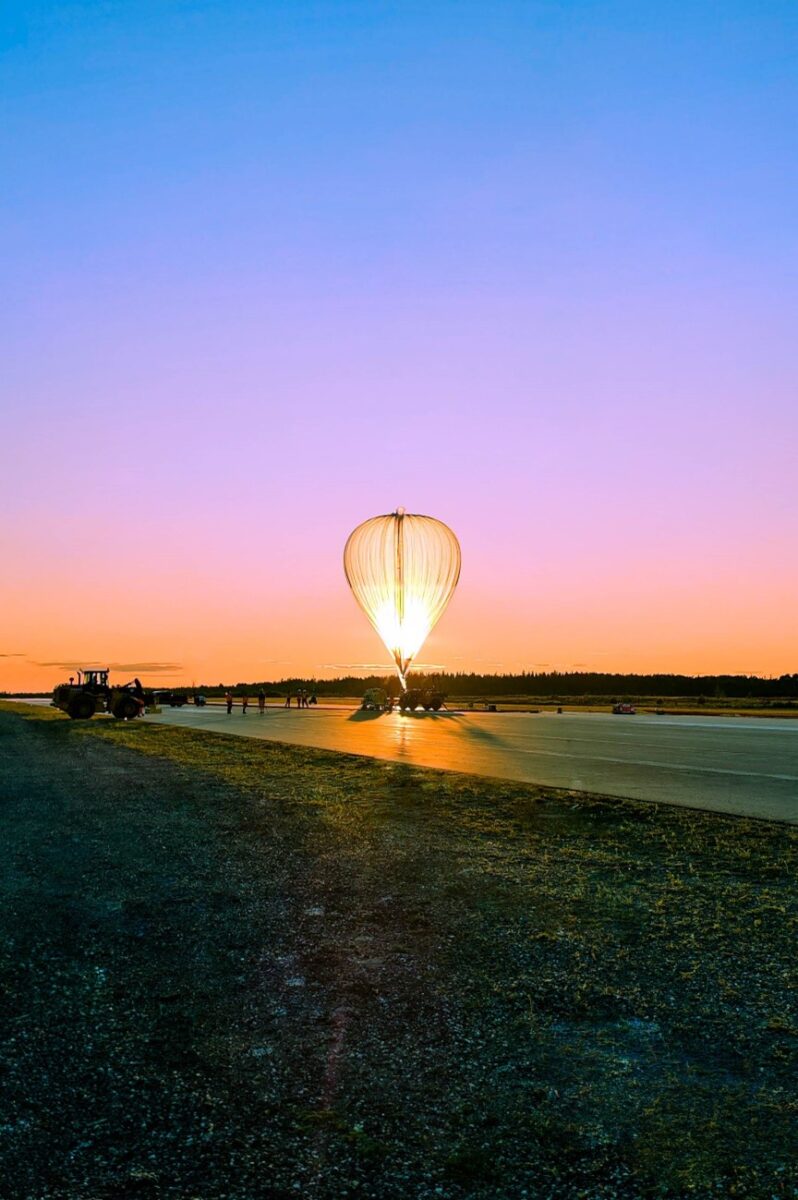
Photo inspiration: Chianelli’s research focuses on Space Situational Awareness (SSA) which aims to identify and track space objects orbiting earth. This photo showcases a balloon that is preparing for its 40 km flight up to the atmosphere where it will remain afloat throughout the night and capture images of satellites using equipped cameras.
Chianelli’s work is conducted in the Nanosatellite Research Laboratory and supervised by Professor Regina Lee.
Most Creative Image
Abstract Visual from an Organic Semiconductor Thin Film on Silicon
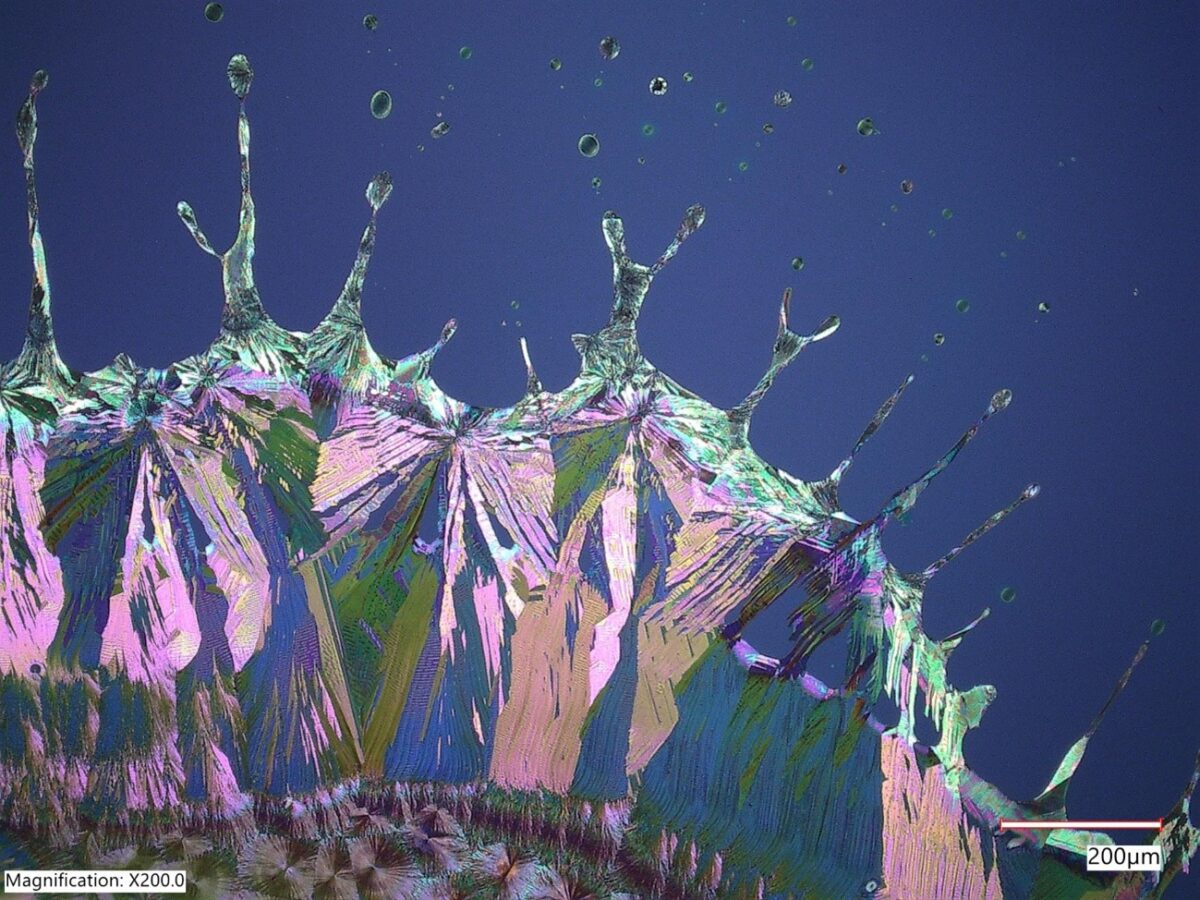
Photo inspiration: This image shows the edge of a sample which comprises silicon wafer substrates coated with a blend of polystyrene and TIPS-Pentacene. The various colours are seen due to the polarized light from the microscope which creates this abstract image. Verma’s research aims to optimize the process of manufacturing organic thin film transistors (OTFTs).
Verma’s work is conducted in the Electronics Additive Manufacturing Laboratory (E-AM) and supervised by Professor Gerd Grau.
Best EDI Integration & Impact
Journey to the Itilleq Tap House
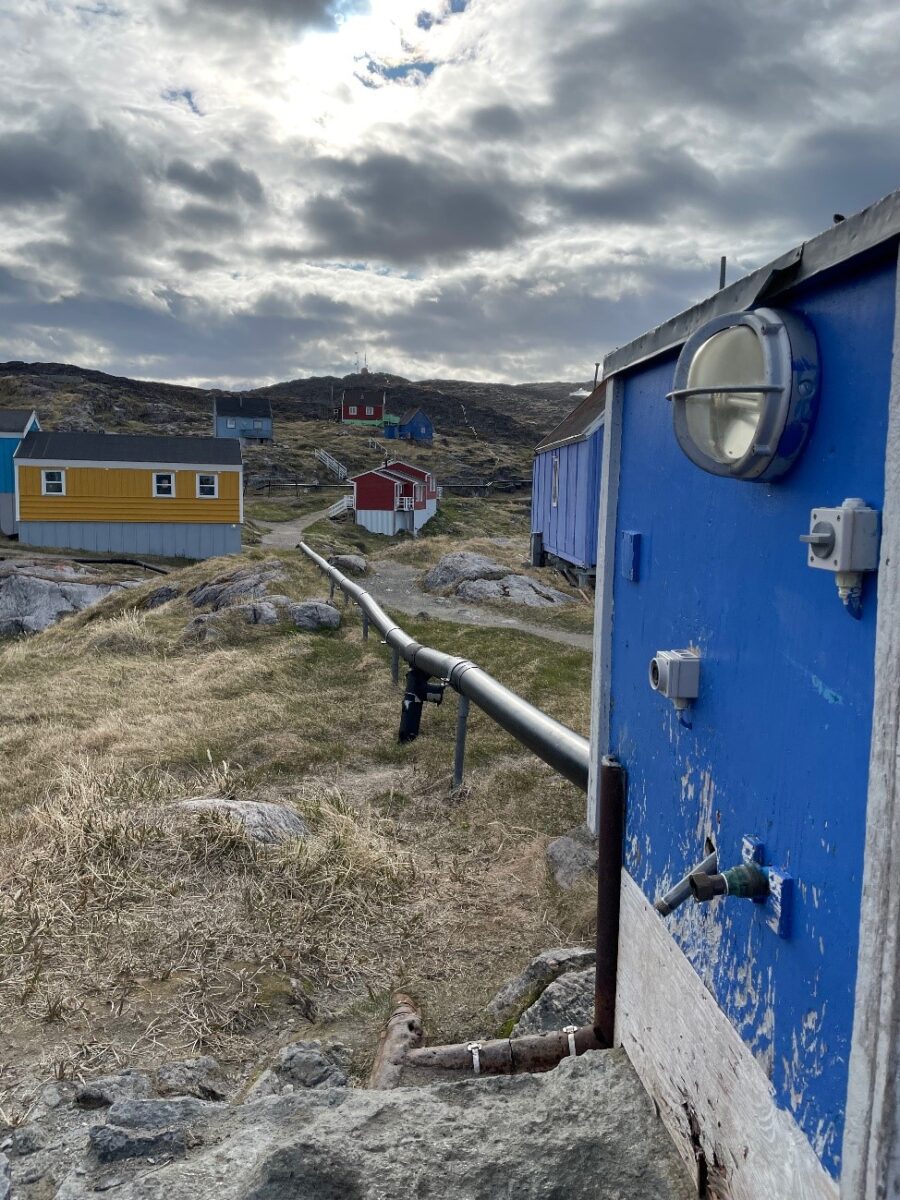
Photo inspiration: This photo shows pipes leading to a Tap House in the remote settlement of Itilleq, Greenland. Tam and her research group, which consists entirely of female researchers, are focused on exploring ways to improve this settlement’s water sources and distribution network, as well as household hygiene and wastewater systems. When engaging with the local community in Itilleq, many children commented on the uniqueness of Tam’s research group – she hopes this will set an example for these children to pursue career paths that are seen as unconventional for women.
Tam’s work is conducted under the supervision of Professor Stephanie Gora.
Best Computer-generated Images/Modelled Images/AI Images
Exploring Brain Tumor Segmentation at QUANTIMB
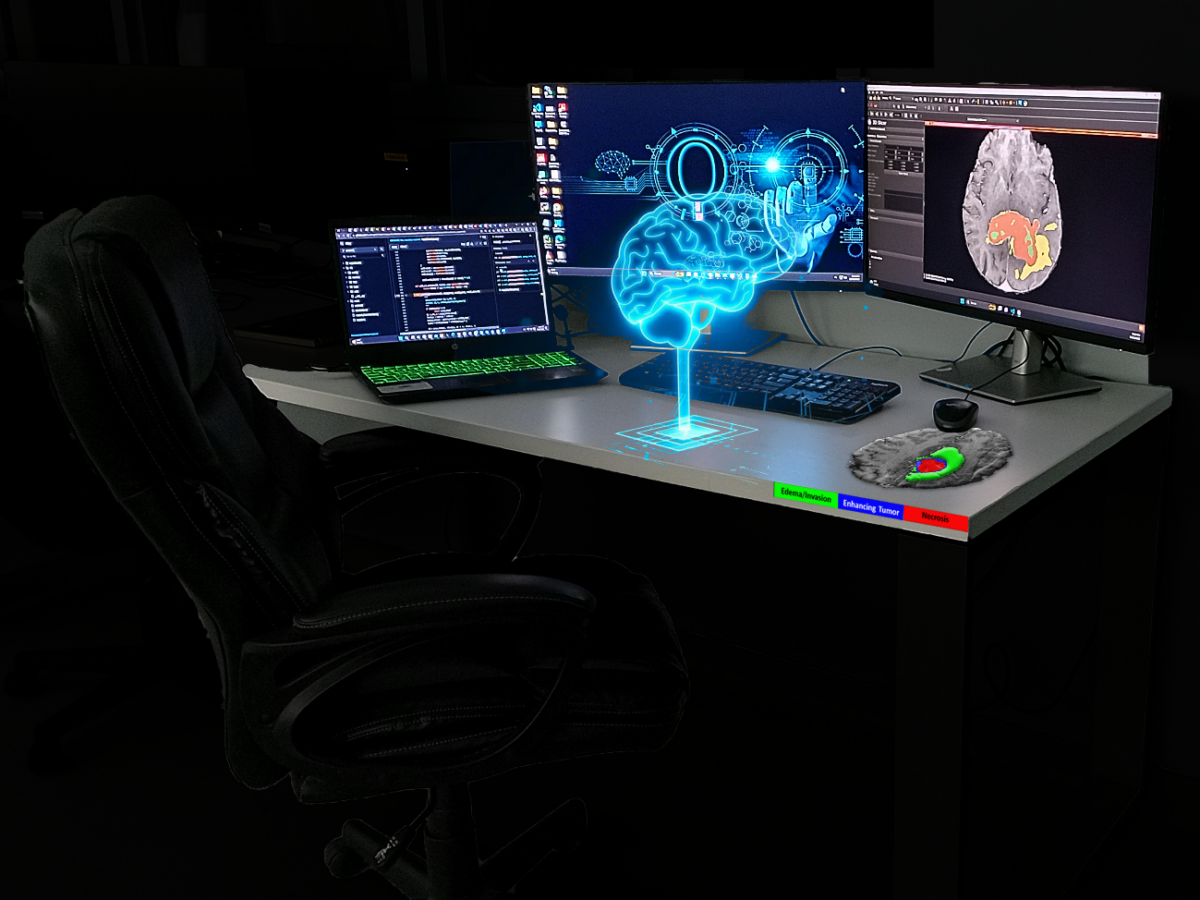
Photo inspiration: Bhatti conducts his PhD research in the Quantitative Imaging and Biomarkers (QUANTIMB) laboratory – where science and art converge in a quest to advance brain tumour research. This image is enhanced through Photoshop techniques and showcases the laboratory’s dedication to research. Within the QUANTIMB laboratory, image analysis and advanced algorithms are used to improve brain tumour understanding, diagnoses and treatments.
Bhatti’s work conducted in the QUANTIMB laboratory is supervised by Professor Ali Sadeghi-Naini.
Learn more about the QUANTIMB laboratory on their X account.
People’s Choice Award
The Big Picture

Photo inspiration: Tedla is currently conducting research in autoexposure for computational photography. Part of his research is focused on understanding how cameras work in dynamic lighting conditions. This photo was taken on a night when he had the opportunity to enjoy his research while appreciating the beauty of the city he is beginning to call home.
Tedla’s research is conducted under the supervision of Professor Michael S. Brown.
Thank you to everyone who entered the 2023 Lassonde Research Photo Contest and congratulations to all the winners!